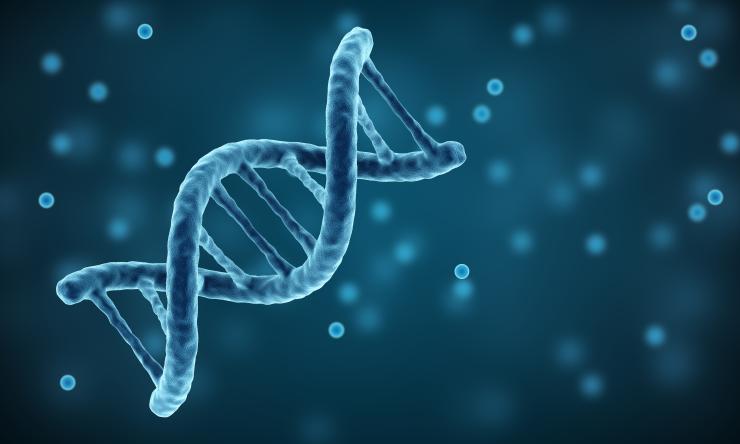Baylor College of Medicine receives NIH funding to study somatic mosaicism
Somatic mosaicism occurs when somatic cells, or the body’s non-reproductive cells, are genetically different from one another. Although somatic mosaicism can occur in all tissues and is known to lead to cancer, the extent of somatic mosaicism in human genomes and its full impact on human health is unknown.
As part of a new National Institutes of Health Common Fund program called the Somatic Mosaicism across Human Tissues (SMaHT) Network, Baylor College of Medicine researchers received three grants totaling more than $17.8 million over five years to develop state-of-the-art tools to catalog the extent of somatic mosaicism in different cell types, tissues and life stages, to better understand how much somatic mosaicism influences human biology and disease.
“This important program will comprehensively assess the role of somatic mutations in normal human development,” said Dr. Richard Gibbs, founding director of the Human Genome Sequencing Center and Wofford Cain Chair and Professor in Molecular and Human Genetics at Baylor. “It will be foundational for fully understanding the role of somatic variation in all aspects of human disease.”
One of Baylor’s grants will establish a genome characterization center at Baylor’s Human Genome Sequencing Center. Gibbs will serve as co-principal investigator of the project, along with Dr. Harsha Doddapaneni, associate professor at the Human Genome Sequencing Center, and Dr. Rui Chen, professor of molecular and human genetics at Baylor. The center will characterize somatic variation in 550 of the SMaHT program’s 2,250 tissue samples. Sample tissues will come from approximately 150 human donors from diverse ancestry backgrounds and stages of life and will represent different tissue types, including brain, blood, skin, muscle, colon, spleen, uterus, vas deferens, ovaries and testis.
Along with the large-scale profiling endeavors from SMaHT Centers in the network, new methods for accurate detection of somatic mosaicism, especially at single-cell resolution, are greatly needed because somatic mosaicism is still challenging to study using traditional methods and platforms. To address this issue, 14 projects in the network, including two at Baylor, will focus on developing new methods.
A project led by principal investigator Dr. Chenghang (Chuck) Zong, assistant professor of molecular and human genetics and a McNair Scholar at Baylor, will develop a new single-cell whole-genome amplification chemistry that allows high-accuracy and high-coverage detection of somatic mutations in single cells. The comprehensive single-cell data will allow the team to effectively construct a lineage tree for the sequenced single cells and characterize the phenotypic variations between cells located in different lineage branches, in particular when these cells belong to the same cell type. The team will develop a high-throughput platform for their technology for wide use within the SMaHT Network.
A project led by principal investigator Dr. Fritz Sedlazeck, associate professor at the Human Genome Sequencing Center, will focus on developing novel computational methods for studying somatic structural variation based on long-read sequencing that use new algorithmic and machine learning approaches. The team will focus on the identification of transposon movement and their epigenetic consequences across the genome. To discover this, the team will innovate novel algorithms using long-read data. All methods also will be made available across the SMaHT Network.
Other Baylor researchers contributing to this work include Donna Muzny and Drs. Marie-Claude Gingras, Elizabeth Atkinson and Wu Tao.
This research is supported by the NIH Common Fund grants (1 UM1 DA058229-01, 1 UG3 NS132132-01 and 1 UG3 NS132105-01).










